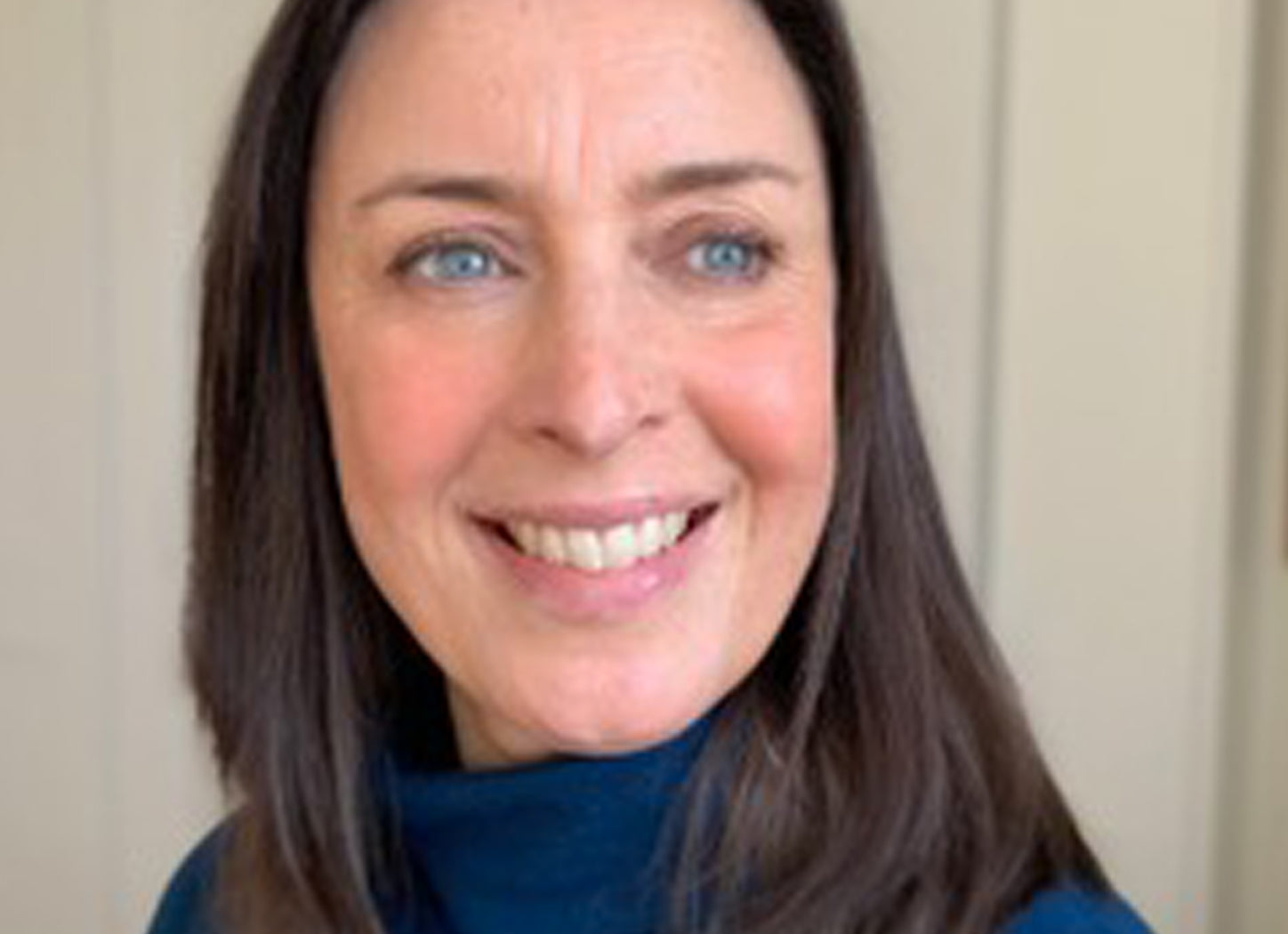As a teen in the 1990s, a Saturday afternoon mooch around the make-up section with my mates was a treat after a full-on week at school.
Half the fun is trying the testers (remember those?!) But matching foundation on the back of your hand never ends well, and to be frank - and these were the days before the internet - we had no clue how to choose which concealer, foundation or powder might suit our individual skin tones.

So, one day, keen for some transformative foundation for the school prom, I decided to brave the beauty counter. The beauty advisor saw my pale, pink skin and declared me a ‘classic English rose.’
Pale but NOT interesting
Her diagnosis sounded dreamy. But the moisturising foundation she applied didn’t deliver rosy vibes. The shade seemed almost right, but somehow just didn’t look completely natural. My face was uniformly porcelain, which contrasted starkly with the more yellow-toned skin on my neck, and so I looked kind of ashy. True, the eczema-induced redness had evened out - but now my face was the wrong colour all over, and I couldn’t work out why.
I tried other brands and shades, but never struck foundation gold. I blamed my tricky skin. While my friends envied my lack of spots, my dry, sensitive, irritable skin felt just as annoying.
And it turned out that my skin was doing more than reacting to allergies and stress - it was masking my true skin tone, too.
Ten years later and I’d pretty much given up on foundation, relying on concealer and blusher for a natural look, but never feeling totally polished. That changed when I got engaged. With my wedding day on the horizon, I was determined to find some grown up make-up that actually made me glow.
Luckily, wandering another beauty hall on a rainy Saturday, I came across a knowledgeable make-up artist who took the trouble to examine my face in natural light. She explained that underneath the redness, my skin was actually olive-toned, not pink.
All that glitters…
But I’m a pale, English woman,
I protested. She smiled and asked me if I tanned easily - it was winter and I was in full on ghost mode - and I told her that yes, surprisingly I did. She looked at the veins on the inside of my wrists and explained that my green-ish veins, (rather than blue) indicates skin that is olive toned, and typically has yellow or green colours in it. This was a revelation! Who knew that you could be pale-skinned - and olive? It was a game-changer.
I happily purchased new foundation, along with a bronzer - another heart, and face, warming revelation - and a coral-toned blusher. Make up that suited me, at last. Moving over to the golden side meant that foundation finally did what everyone says it’s supposed to do and ‘disappeared’ when blended.

Importantly for my self-esteem, with the right make-up, I no longer looked sallow and borderline ill. I had also figured out some of the things that irritated my sensitive skin and ditched them, along with all the pink-toned make up I’d tolerated but not loved.
In my wardrobe, I embraced the stronger colours that were more suited my skin tone, and I finally began to feel comfortable in my style, and in my wedding make-up.
Are we olive-savvy?
Fast forward another couple of decades to now, and are we any better informed about skin tones?
Retired beauty therapist and make up consultant, Julie Smith, says the message is getting out, but we have some way to go.
It’s surprisingly common to see people wearing the wrong-toned foundation,
she says.
Despite a much broader range of shades being available now. It’s about education - there can be good availability of shades, but it’s knowing which ones suit you.
My beauty training was a long time ago, but we were taught the importance of assessing a person’s overall look in order to get a good foundation match, and not everyone does that. You have to look at a person’s overall skin colour tones, not just their face. Pale skin can be olive toned too,
she says.
Leave a comment